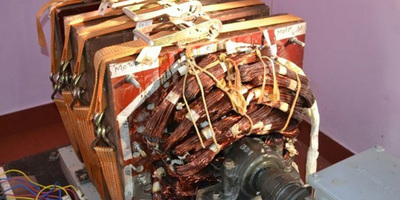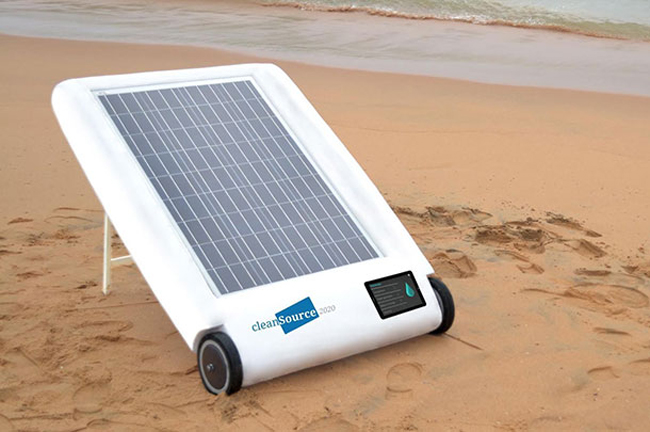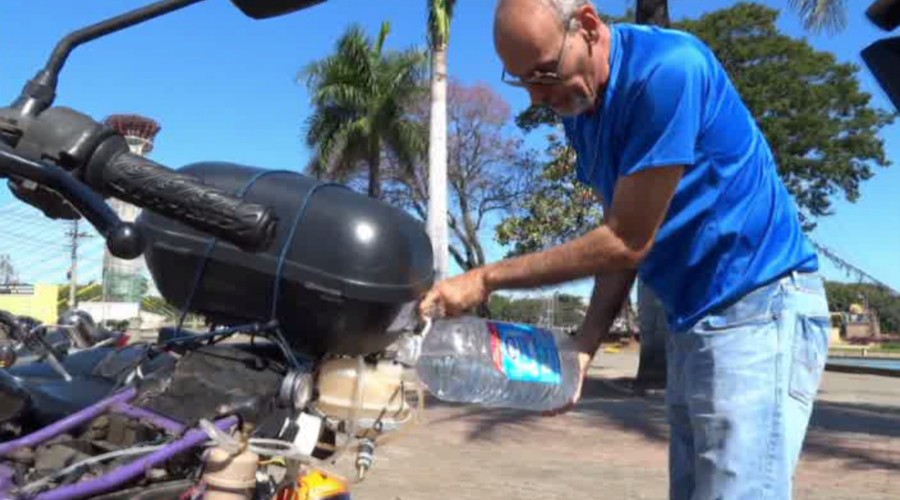10 Air Purifying Plants For Homes & Offices
OR
Air purifying plants for the home and office
or
15 houseplants for improving indoor air quality
A breath of fresh air
In the late '80s, NASA and the Associated Landscape Contractors of America studied houseplants as a way to purify the air in space facilities. They found several plants that filter out common volatile organic compounds (VOCs). Lucky for us, the plants can also help clean indoor air on Earth, which is typically far more polluted than outdoor air. Other studies have since been published in the Journal of American Society of Horticultural Science, further proving the science. Want to see the best plants? Read on. (Text: Julie Knapp)


























 RSS Feed
RSS Feed




